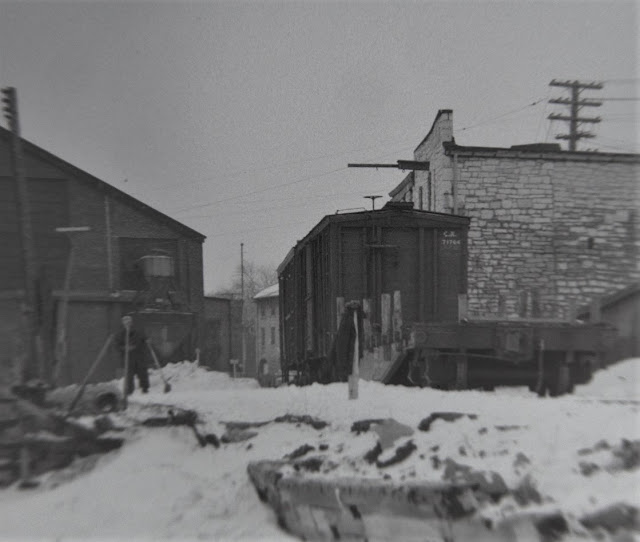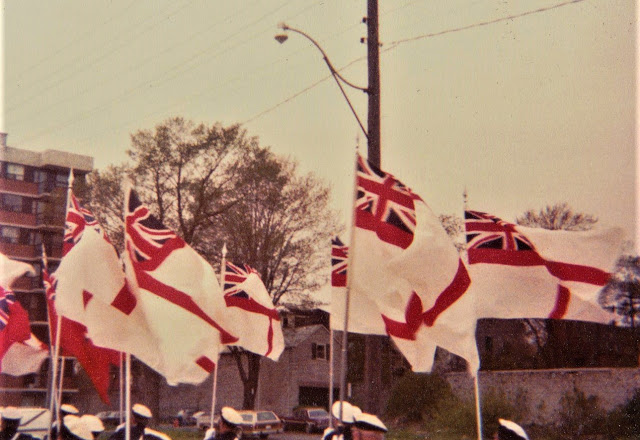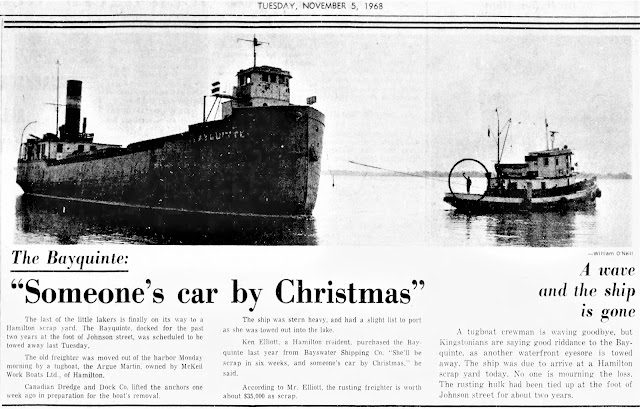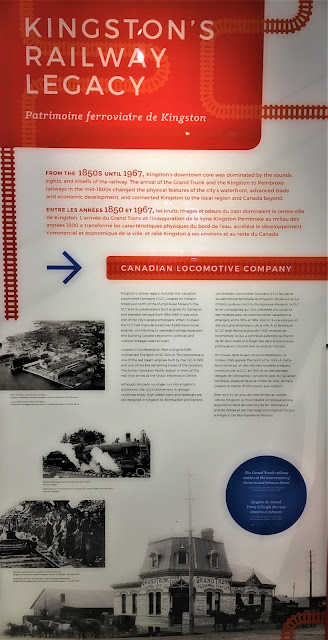(Photos in this post from the Queen's University Archives)
Friday 30 September 2022
Got Piles?
Wednesday 28 September 2022
RCNA Reunion Parade, May 1983
Kingston's diminutive naval division formed in 1939 consisted of 12 members under Lt.(N) W. Rigney, housed in the former feed mill building at the foot of Princess Street. By the end of the war, Canada's navy was the third largest in the world, charged with defending vital convoy sea lanes between Canada and Great Britain.
Monday 26 September 2022
Departing the Outer Station, 1966 & 1968
Tuesday 13 September 2022
Scrap Tow of the Bayquinte
I continue to respect the quality of Queen's University Archives photos from the Whig-Standard fonds, despite the fact that few of the photos ever made it to past the city editor's desk. Such photos are able to tell more of the story, and from what I've seen, nothing involving ships ever happens in a hurry! Here are some additional photos showing the preparations for the scrap tow and the retrieval of Bayquinte's anchors:
Canadian Locomotive Company's plant buildings would be gone in just over a year's time:Once in awhile it's nice to include the negative strip showing how the above images started out before being formatted and published herein:
Monday 12 September 2022
S.S. Bayquinte's Last Days in Kingston
Saturday 3 September 2022
On the Move! Exhibition
My review would include a nice balance of all modes as #1. There was inclusion of native canoe builders right through to the Kiewit construction of the Third Crossing bridge. The information presented was historically solid and interesting, the presentation was engaging, the lighting good and the pacing - at your own speed. I could have spent longer, but a thunderstorm gave us good reason to head for the van once we'd been around the exhibition. Adult admission is $7.50 and most visitors can see everything in an hour. Historians, much longer! The exhibition runs until November.
My thanks to Tom and Jessika for including me in this exhibition. Not only did I need to do further research on one of my favourite railway-served areas of Kingston, but it gave me a chance to do some off-layout modelling and get involved in our community museum!
SEPTEMBER 7 UPDATE:
Tom and Jessika have kindly shared my post on the Pumphouse's social media. This picture was taken when I delivered the diorama for display (below). There are some exciting plans for augmenting the exhibit, as well as extending its run!


.JPG)


















































